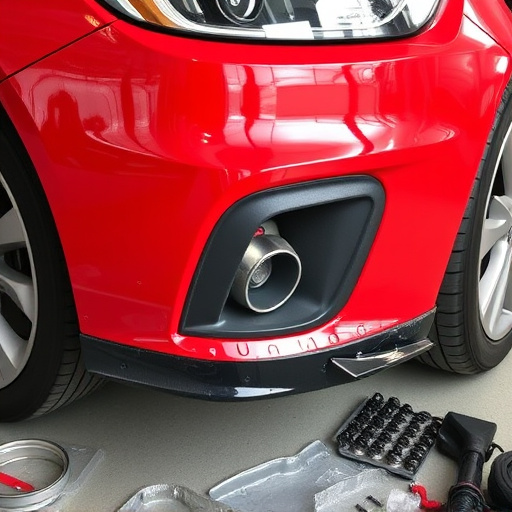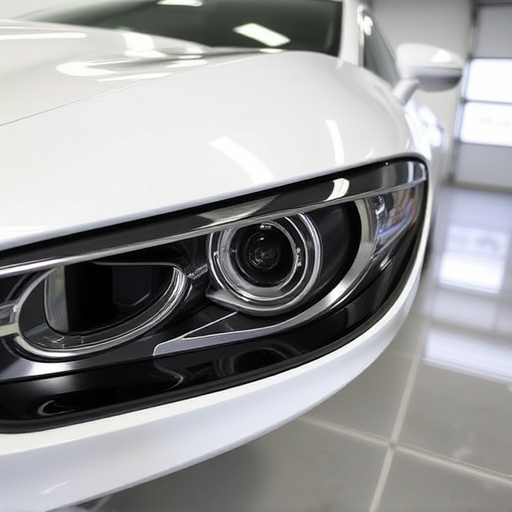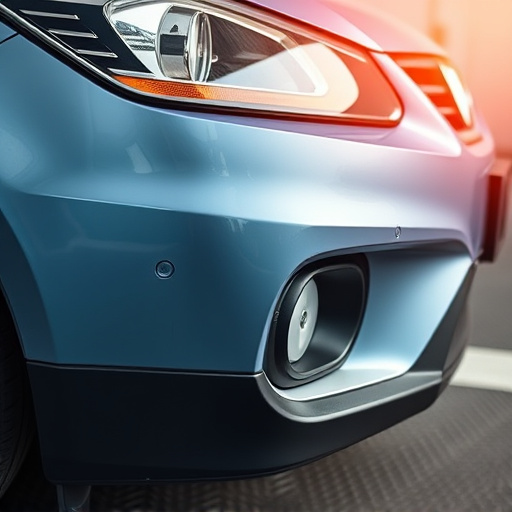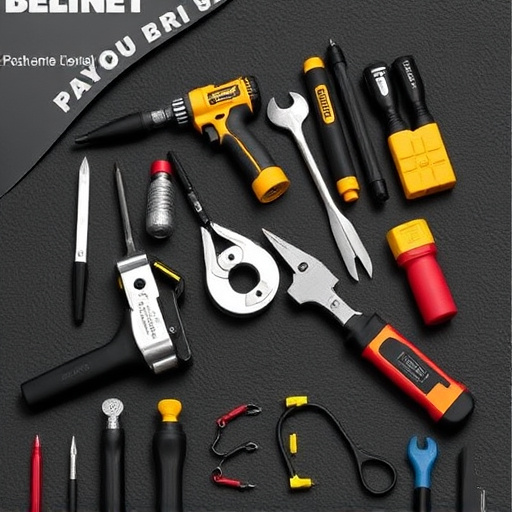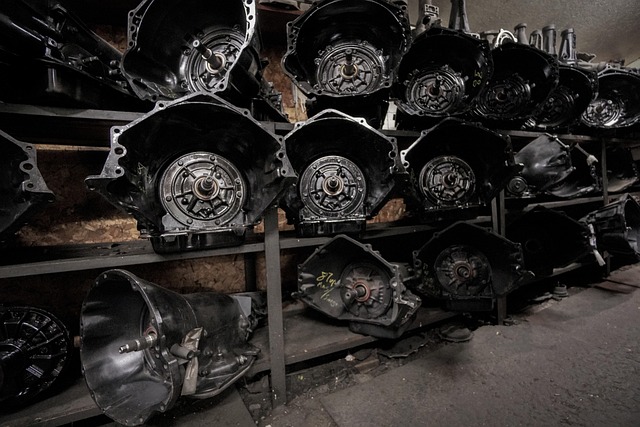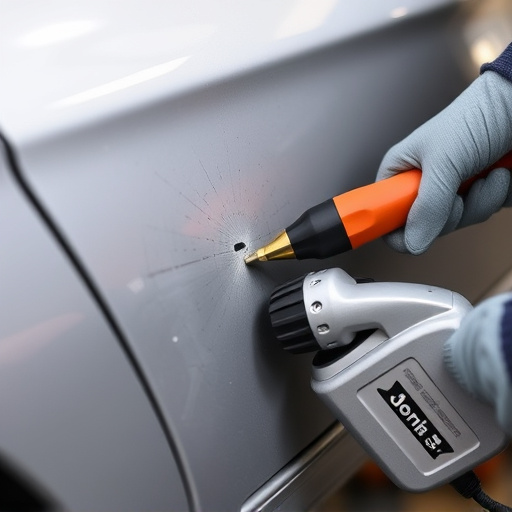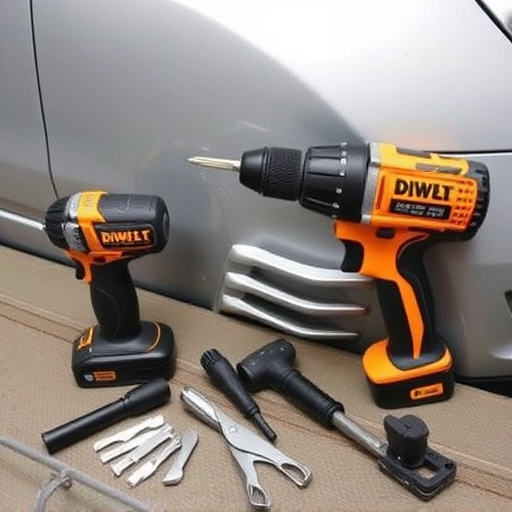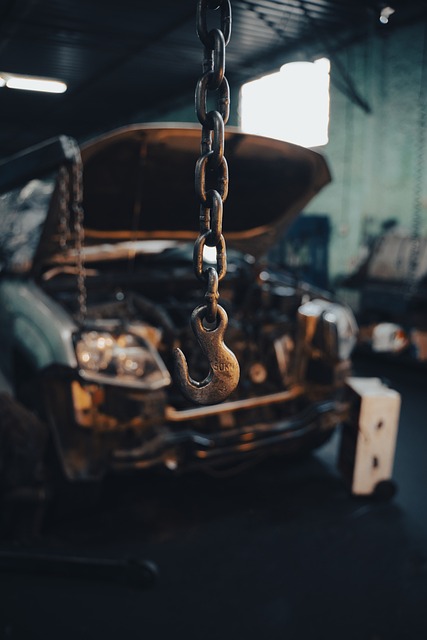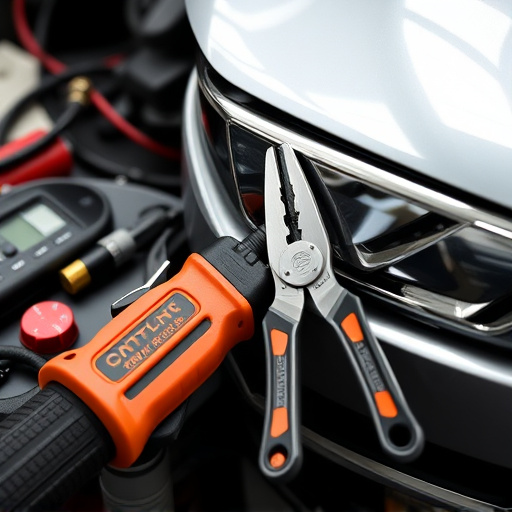Mercedes wireless charging systems, relying on electromagnetic induction for cable-free convenience, can experience overheating due to faulty wiring, damaged components, or improper installation. Diagnosing these issues involves visual inspections and advanced tools to measure voltage, current, and temperature. Repairs require systematic identification of the overheating source, component inspection, cleaning, replacement, reassembly, and testing. Timely maintenance and expert intervention from specialized auto repair services are crucial for optimal system performance and longevity.
Experiencing overheating issues with your Mercedes’ wireless charging system? You’re not alone. Many drivers face these challenges. This guide delves into the intricacies of the Mercedes wireless charging system, helping you understand its inner workings and troubleshoot common overheating problems. We provide a detailed, step-by-step repair guide offering effective solutions to get your wireless charging back up and running smoothly, ensuring optimal performance for your connected devices.
- Understanding Mercedes Wireless Charging System
- Diagnosing Overheating Issues
- Step-by-Step Repair Guide for Effective Solutions
Understanding Mercedes Wireless Charging System

The Mercedes wireless charging system is a cutting-edge technology designed to make your driving experience more convenient and efficient. This innovative feature allows drivers to charge their compatible devices wirelessly, eliminating the need for cumbersome cables. The system is seamlessly integrated into the car’s interior, often located in the center console or dashboard area. When a compatible smartphone or device is placed on the charging pad, electromagnetic induction transfers energy from the pad to the device, ensuring quick and efficient charging without any physical connections.
However, like any complex electrical system, the Mercedes wireless charging technology may encounter issues, with overheating being a common problem. This can be caused by various factors such as faulty wiring, damaged components, or improper installation during the car body repair process. If you’re experiencing overheating issues with your Mercedes’ wireless charging system, it’s crucial to seek professional assistance from a reputable auto collision center or auto repair near me. Skilled technicians will diagnose and fix the problem, ensuring your vehicle’s safety and performance while providing a reliable Mercedes wireless charging repair solution.
Diagnosing Overheating Issues

Diagnosing overheating issues in Mercedes wireless charging systems is a meticulous process that requires expert attention. The first step involves examining the charging pad and its components for any visible signs of damage, such as warped surfaces or loose connections. This initial check can often point to problems within the car’s bodywork, highlighting potential auto body repairs needed.
Further diagnosis delves into the electrical system, focusing on identifying faulty cables, damaged connectors, or malfunctioning sensors that may be contributing to the overheating. It’s crucial to employ advanced diagnostic tools to measure voltage levels, current flow, and temperature readings across various nodes in the charging circuit. This methodical approach ensures that any repairs conducted are targeted, effective, and prevent further complications, ensuring a seamless Mercedes wireless charging experience.
Step-by-Step Repair Guide for Effective Solutions

Merceds wireless charging repair involves a systematic approach to address overheating issues that can disrupt your vehicle’s connectivity and cause potential damage. Here’s a step-by-step guide for an effective solution:
1. Identify the Source of Overheating: Begin by examining the wireless charging pad and its components. Check for any visible signs of damage, loose connections, or debris buildup. Overheating often results from blocked vents or faulty wiring, so ensuring these are clear and secure is crucial.
2. Disconnect Power: Before attempting any repairs, disconnect the wireless charging pad from power to prevent short circuits. Remove any protective covers or cases that might obstruct access to the internal components.
3. Inspect Internal Components: Carefully inspect the coil, connector wires, and any cooling mechanisms within the pad. Look for frayed wires, corroded connections, or damaged coils, which are common causes of overheating.
4. Clean and Replace as Necessary: Use a suitable cleaner to remove dust and debris from all components, ensuring good contact points. Check if any parts need replacement, such as damaged wires or worn-out cooling fins. Replacing these parts can significantly improve the charging pad’s performance and prevent further overheating.
5. Reassemble and Test: Once repairs are complete, carefully reassemble the wireless charging pad, ensuring all components are securely in place. After reassembly, test the device with your Mercedes to ensure it functions optimally without overheating. If issues persist, consult a professional auto repair service for advanced diagnostics and solutions.
Remember that proper maintenance and timely repairs can extend the lifespan of your Mercedes’ wireless charging system, ensuring seamless connectivity throughout your automotive restoration journey. For any concerns or complex cases, consider seeking expert assistance from a reliable auto repair near you.
The intricate world of Mercedes wireless charging systems can present overheating challenges, but with a systematic approach to diagnosis and repair, these issues can be effectively addressed. By understanding the core components and utilizing a structured step-by-step guide, car owners can successfully troubleshoot and resolve overheating problems, ensuring their Mercedes’ wireless charging system operates smoothly and efficiently. This comprehensive repair process empowers individuals to take control of their vehicle’s technology, fostering a sense of accomplishment and peace of mind. For those seeking to remedy Mercedes wireless charging repairs, this article provides valuable insights and practical solutions.




